Discover Big Brains
Big Brains

Big Brains
Author: University of Chicago Podcast Network
Subscribed: 1,535Played: 34,498Subscribe
Share
Description
Big Brains explores the groundbreaking research and discoveries that are changing our world. In each episode, we talk to leading experts and unpack their work in straightforward terms. Interesting conversations that cover a gamut of topics from how music affects our brains to what happens after we die.
208 Episodes
Reverse
The internet and social media have transformed the way in which we hear and understand music today—and online communities and platforms from YouTube to TikTok have changed how music circulates and ultimately goes viral. Why do some pop stars have more success creating hit songs and building online following than others?In this episode, we speak with Paula Clare Harper, a musicologist and assistant professor at the University of Chicago. Harper co-edited the book Taylor Swift: The Star, The Songs, The Fans, which explores the online musical cultures that produced and propelled the image of megastar Taylor Swift. Harper unpacks how gendered narratives around "the fangirl" continue to influence which musical practices we take seriously—and how studying music on the internet helps us understand contemporary cultural power. Hosted by Simplecast, an AdsWizz company. See pcm.adswizz.com for information about our collection and use of personal data for advertising.
Can you imagine a world in which a wearable device, like a smartwatch, could move your fingers to strum the guitar or play the drums? That kind of technology is part of the innovative research coming out of the Human-Computer Integration Lab at the University of Chicago, led by renowned computer scientist Pedro Lopes. His lab is developing a new generation of gadgets that use haptics (or tactile sensations like the buzz of your smartphone) to move your body, replicate your sense of smell and even make you feel things.In this episode, Lopes explores the potential of wearable devices to transform our future as well as brain-computer interfaces that are being developed by companies like Elon Musk’s Neuralink that directly into the body. Hosted by Simplecast, an AdsWizz company. See pcm.adswizz.com for information about our collection and use of personal data for advertising.
More and more women in the United States are saying no to motherhood. In 2023, the U.S. fertility rate reached the lowest number on record. But the idea of non-motherhood is actually not a new phenomenon, nor did it come out of the modern feminist movement. For centuries, women have made choices about limiting births and whether or not to become mothers at all. This history is documented in a new book, "Without Children: The Long History of Not Being a Mother," by University of Chicago Assistant Instructional Professor Peggy O'Donnell Heffington.Heffington writes about the historic trends of non-motherhood as well as the modern factors that are playing a role in women's choices to not have children today — from lack of structural support in the workplace, to a national law for paid maternity leave, and the sheer lack of affordability. She writes that if these trends continue, American millennials could become the largest childless cohort in history. Hosted by Simplecast, an AdsWizz company. See pcm.adswizz.com for information about our collection and use of personal data for advertising.
What does it mean to see beneath the surface — of the human body, the brain, or even the universe itself? In his new book, The Future of Seeing: How Imaging Is Changing Our World, Prof. Daniel Sodickson of NYU explores the future of imaging: How technology is transforming not just medicine, but our very ways of perceiving the world. With the rise of AI-driven “digital vision,” Sodickson, a pioneer of MRI innovation, argues that imaging is no longer just a diagnostic tool — it’s becoming a new language of discovery.In this conversation, Sodickson explores the promises and pitfalls of this promising new technology. Reflecting on the history of scientific discovery, we examine what the next generation of imaging might reveal about life itself. Hosted by Simplecast, an AdsWizz company. See pcm.adswizz.com for information about our collection and use of personal data for advertising.
Few ideas have gripped the public imagination quite like the idea of the “psychopath.” From Hollywood thrillers to true-crime podcasts, popular culture has led us to believe that psychopaths are dangerous and biologically distinct from the rest of us. But what if almost everything we think we know about them is wrong?In this episode, we talk with Rasmus Rosenberg Larsen, an Assistant Professor of Forensic Epistemology at the University of Toronto and author of "Psychopathy Unmasked," whose research is challenging the very foundation of psychopathy as a diagnosis. Larsen explains how the term “psychopath” is relatively new, dating to the Ted Bundy trial in the 1970s, and how TVs and movies have skewed our understanding of the “psychopath.” He discusses psychopathy tests, their impact on the criminal justice system—and what the latest science reveals about the minds we’ve long misunderstood. Hosted by Simplecast, an AdsWizz company. See pcm.adswizz.com for information about our collection and use of personal data for advertising.
For decades, neuroscience has promised breakthroughs in treating conditions like depression, schizophrenia, and Alzheimer’s. Yet despite powerful technologies and billions invested, progress has been frustratingly slow. Why?On this episode of Big Brains, we talk with Nicole Rust, neuroscientist at the University of Pennsylvania and author of Elusive Cures. Rust argues that the traditional “domino” view of the brain—where one broken piece can simply be fixed—has held us back. Instead, she says we need to embrace the brain’s true nature: a complex, dynamic system more like the weather than a machine.We explore why treatments so often fail, what makes mood such a scientific mystery, and whether a new era of brain research—powered by models, feedback loops, and fresh ways of thinking—can finally deliver the cures that have long eluded us. Hosted by Simplecast, an AdsWizz company. See pcm.adswizz.com for information about our collection and use of personal data for advertising.
Billions of years ago, Mars may have looked less like the barren red desert we know today and more like Earth—with a blue sky, flowing rivers, and even seas. What happened to turn a once-habitable world into the frozen, lifeless planet we see now?On this episode of Big Brains, University of Chicago geophysical scientist Edwin Kite takes us on a journey through Mars’ hidden past. From evidence of a lost carbon cycle to theories about ancient climate swings, Kite’s research is rewriting the story of the Red Planet. But it’s not just about the past—his work is also at the forefront of a provocative question: could humanity one day terraform Mars and make it a living world again? Hosted by Simplecast, an AdsWizz company. See pcm.adswizz.com for information about our collection and use of personal data for advertising.
We’re living in an attention economy—and most of us are broke. But what if the secret to restoring your focus, improving your mental health, and even reducing crime rates wasn’t found in an app or a pill, but in a tree?In this episode, we speak with University of Chicago psychologist Marc Berman, whose research on “soft fascination” and nature’s cognitive effects is reshaping how we think about everything from urban planning to depression treatment. From groundbreaking hospital studies to surprising results with plastic plants, Berman’s work uncovers the deep—and often invisible—power that natural environments hold over our minds and bodies.Whether you're a city planner, a parent, or just someone feeling mentally fatigued, this conversation may just change the way you think about a walk in the park. Hosted by Simplecast, an AdsWizz company. See pcm.adswizz.com for information about our collection and use of personal data for advertising.
We’ve long marveled at how efficiently plants convert sunlight into energy—but no one guessed they were using quantum mechanics to do it.In this episode, we speak with Greg Engel, a pioneering biophysicist at the UChicago Pritzker School of Molecular Engineering and the Department of Chemistry who helped launch the field of quantum biology. Engel explains how plants and bacteria evolved to exploit quantum effects for photosynthesis—and how understanding these systems could spark a revolution in quantum sensing, medicine, and neuroscience.Engel’s team has already built quantum sensors inspired by nature’s designs, with the potential to transform how we detect disease, develop drugs, and even read neural signals. The ultimate goal? A new era of quantum medicine, powered by the weird and wonderful physics found in leaves. A new large gift is helping that mission along by establishing The Berggren Center for Quantum Medicine and Biology at The UChicago Pritzker School of Molecular Engineering, partnering with BSD, UC Medicine and others. Hosted by Simplecast, an AdsWizz company. See pcm.adswizz.com for information about our collection and use of personal data for advertising.
You’ve heard of plastic polluting oceans. But what if it’s polluting you—your brain, your reproductive system, even your unborn children?In this eye-opening episode, we speak with Prof. Matthew Campen, a scientist at the University of New Mexico, whose latest studies have uncovered evidence of microplastics in placentas, reproductive organs and brains of humans—particularly in the frontal cortex, where decision-making and personality live.We explore how these plastic particles are entering our bodies (hint: it’s not just your water bottle), what they might be doing to us, and why scientists are just beginning to understand the true scope of the issue. From declining sperm counts to potential links with dementia, this episode asks a critical question: Are microplastics the next big public health crisis? Hosted by Simplecast, an AdsWizz company. See pcm.adswizz.com for information about our collection and use of personal data for advertising.
Hello listeners…we're re-releasing one of our favorite Big Brains episodes—an incredibly insightful conversation with psychologist Adam Alter. If you've ever felt stuck in your life or career, this episode offers practical strategies and surprising science to help you move forward. From why your best ideas might come after you feel like giving up, to what Netflix can teach us about breaking through inertia, this episode is packed with revelations. We’ll be back with brand-new episodes starting in August—also, check out our new YouTube page where you can now watch video versions of Big Brains. Hosted by Simplecast, an AdsWizz company. See pcm.adswizz.com for information about our collection and use of personal data for advertising.
One of the benefits of producing this podcast at the University of Chicago is that there are often events on campus that bring in not just one Big Brain, but many in order to find answers to the some of the most complex problems of our time. I recently had the pleasure of hosting one such event on artificial intelligence that we want to share with you today. It was part of the Graham School’s Leadership & Society Initiative Symposium, examined how AI could change everything and, more importantly, whether it should.Artificial intelligence is evolving faster than most of us can keep up with—and its impact is already reshaping our lives, from the hospital to the courtroom to the art studio. Is AI moving too fast? Are we focusing on the wrong questions? And what comes after today’s generation of models? It’s a candid, complex, and eye-opening conversation you won’t want to miss. Hosted by Simplecast, an AdsWizz company. See pcm.adswizz.com for information about our collection and use of personal data for advertising.
For a more than a century, the Food and Drug Administration has worked to protect public health. In his research, Harvard University physician-researcher Jerry Avorn has examined how the FDA’s once-rigorous gold standard approval process has been affected by a powerful shortcut known as the Accelerated Approval Program—originally designed for desperate AIDS and cancer patients. He says that change in the 1990s has allowed more than half of all new drugs onto the market before drug companies have proven they actually help people.In his new book Rethinking Medications: Truth, Power and the Drugs We Take, Avorn cites numerous examples: from a cold medicine that doesn’t de-congest to billion-dollar cancer treatments that only shrink lab results to the controversial Alzheimer’s drug Aduhelm—approved despite no clear cognitive benefits. In this episode, Avorn explores whether some prescriptions in your medicine cabinet are safe, effective and worth the money. Hosted by Simplecast, an AdsWizz company. See pcm.adswizz.com for information about our collection and use of personal data for advertising.
Prof. James Evans, a University of Chicago sociologist and data scientist, believes we’re training AI to think too much like humans—and it’s holding science back.In this episode, Evans shares how our current models risk narrowing scientific exploration rather than expanding it, and explains why he’s pushing for AIs that think differently from us—what he calls “cognitive aliens.” Could these “alien minds” help us unlock hidden breakthroughs? And what would it take to build them? Hosted by Simplecast, an AdsWizz company. See pcm.adswizz.com for information about our collection and use of personal data for advertising.
When someone we know or love starts to develop psychological issues, we don't often associate it with a form of dementia. However, this trait is one of the most common signs of frontotemporal dementia (FTD) — the most common neurodegenerative disease in people under the age of 65. In his new book, Mysteries of the Social Brain: Understanding Human Behavior Through Science, Dr. Bruce Miller highlights his experiences observing people with FTD and what they have taught him about what he calls the "social brain."Dr. Bruce Miller has been observing people with FTD for decades in the Memory and Aging Center at the University of San Francisco, where he is also Professor of Neurology and the Founding Director of the Global Brain Health Institute. He shares key insights on how to keep our "social brain" healthy and how it can even unlock our creative potential. Hosted by Simplecast, an AdsWizz company. See pcm.adswizz.com for information about our collection and use of personal data for advertising.
The search for life beyond Earth is no longer science fiction—it takes a lot of data, powerful telescopes and a bit of cosmic detective work. And at the center of this search is University of Chicago astrophysicist Jacob Bean. Bean was part of the team that made history by detecting carbon dioxide in the atmosphere of a distant planet using the James Webb Space Telescope—a major step forward in our ability to study exoplanets.Bean uses cutting-edge tools and discoveries that are reshaping how we think about planet habitability, biosignatures and our place in the universe. From potentially habitable exoplanets like K2-18b to false hopes like Gliese 486b, Bean shares why the atmospheres of these faraway worlds might hold the key to one of humanity’s oldest questions: Are we alone in the universe? Hosted by Simplecast, an AdsWizz company. See pcm.adswizz.com for information about our collection and use of personal data for advertising.
Despite decades of policy ideas, pouring millions of dollars into the problem, and a slow pace of gun control measures, the United States hasn’t made much progress on curbing the epidemic of gun violence in our country.For the past 25 years, Prof. Jens Ludwig of the University of Chicago has examined the questions of: Why does gun violence happen, and is there anything we can do about it? In his new book, Unforgiving Places: The Unexpected Origins of American Gun Violence, Ludwig—who is director of the University of Chicago Crime Lab—discusses why we've been thinking about the gun violence problem in the wrong ways.Drawing upon behavioral economics, he explains that most shootings are not premediated; rather, the result of arguments that escalate into violence. Using data-backed interventions, Ludwig introduces new ideas beyond policy and policing to get at the real root causes of gun violence today. Hosted by Simplecast, an AdsWizz company. See pcm.adswizz.com for information about our collection and use of personal data for advertising.
What if a single number, derived from your DNA, could predict your income, education level or even who you're likely to marry? In his new book “The Social Genome,” Princeton University sociologist Dalton Conley explores the science behind how our genes are shaping our society in ways that are both profound and unsettling.Conley explains how our genes, and the genes of those around us, are influencing our lives in ways we barely understand—from fertility clinics selecting embryos based on genetic traits to the rise of “genetic sorting” in everything from dating to zip codes. He also debunks the idea of nature versus nurture, revealing how deeply intertwined they truly are.Are we heading toward a future of genetically coded inequality? And what policies and conversations are urgently needed to ensure we don’t cross the line from science into dystopia? Hosted by Simplecast, an AdsWizz company. See pcm.adswizz.com for information about our collection and use of personal data for advertising.
When we lose someone, we love, we often say we have a broken heart—but what if that’s not just a metaphor?In her new book “The Grieving Body: How The Stress of Loss Can Be An Opportunity For Healing” University of Arizona Professor of Psychology Mary Frances O’Connor shares groundbreaking insights into the biological and physiological impacts grief has on our bodies. O’Connor reveals how profound loss can lead to serious medical conditions, from heart attacks to immune system breakdowns, and explains why grieving can make us more vulnerable to diseases like cancer, pneumonia, and even autoimmune disorders.Drawing on her personal experiences and extensive research, O’Connor outlines why our medical system—and society at large—needs to rethink how we support grieving individuals. She makes a powerful case for viewing grief not only as an emotional experience but as a medical event deserving careful monitoring and intervention, similar to pregnancy or chronic illness. Hosted by Simplecast, an AdsWizz company. See pcm.adswizz.com for information about our collection and use of personal data for advertising.
New federal data paints a stark picture: American children are falling behind in reading and test scores, with the gap between advantaged and disadvantaged kids growing wider. But is this really just a problem of money? University of Chicago Developmental psychologist Ariel Kalil has spent her career studying how parents influence childhood development—not just through resources, but through daily habits and interactions.On this episode, we explore the surprising science behind parental engagement, the behavioral biases that shape parenting decisions, and why simple interventions—like 15 minutes of reading a day—can have an outsized impact. Plus, we discuss how AI and behavioral economics might provide new solutions for supporting parents in an era of rising inequality. Hosted by Simplecast, an AdsWizz company. See pcm.adswizz.com for information about our collection and use of personal data for advertising.


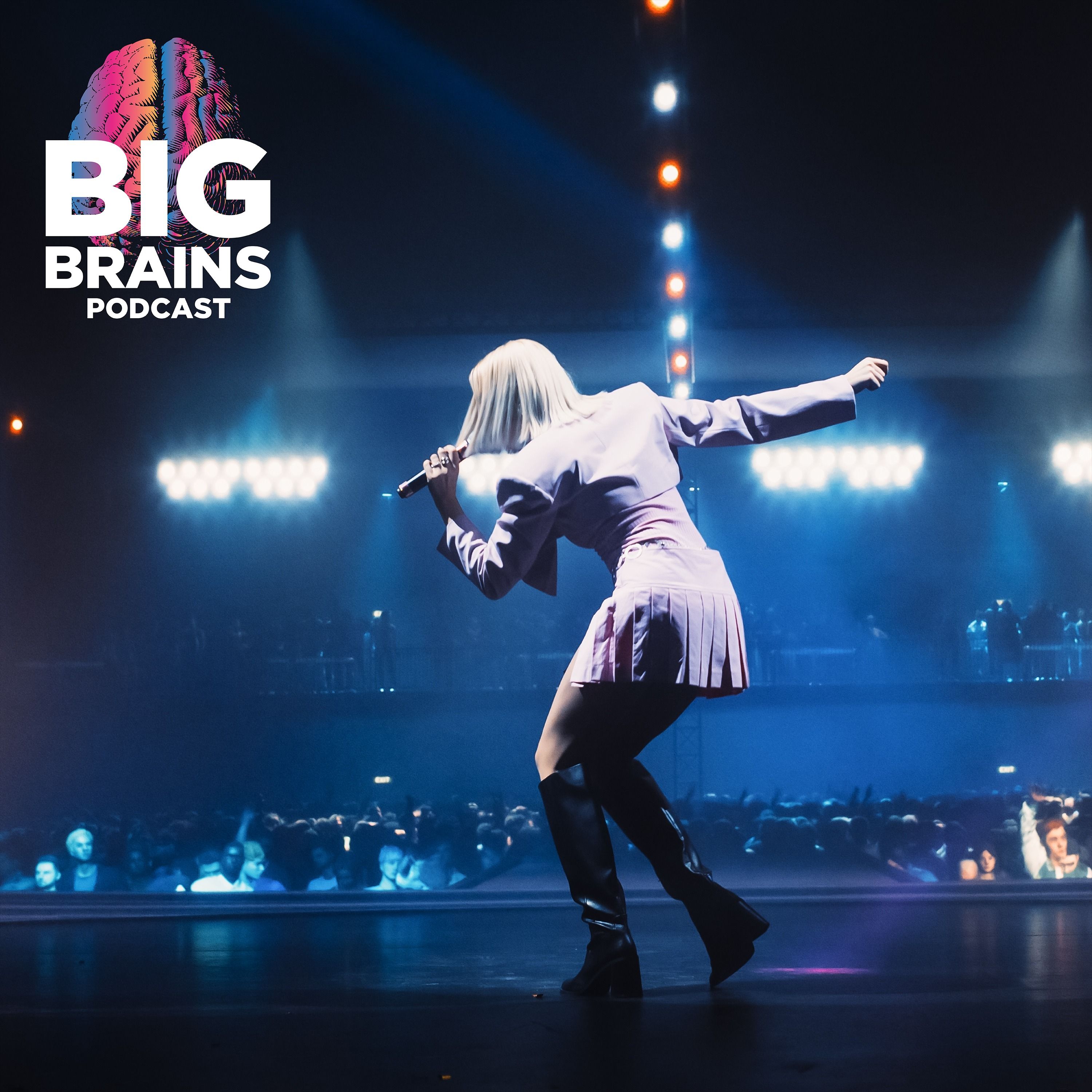
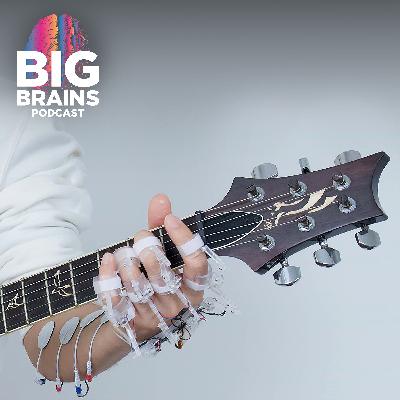
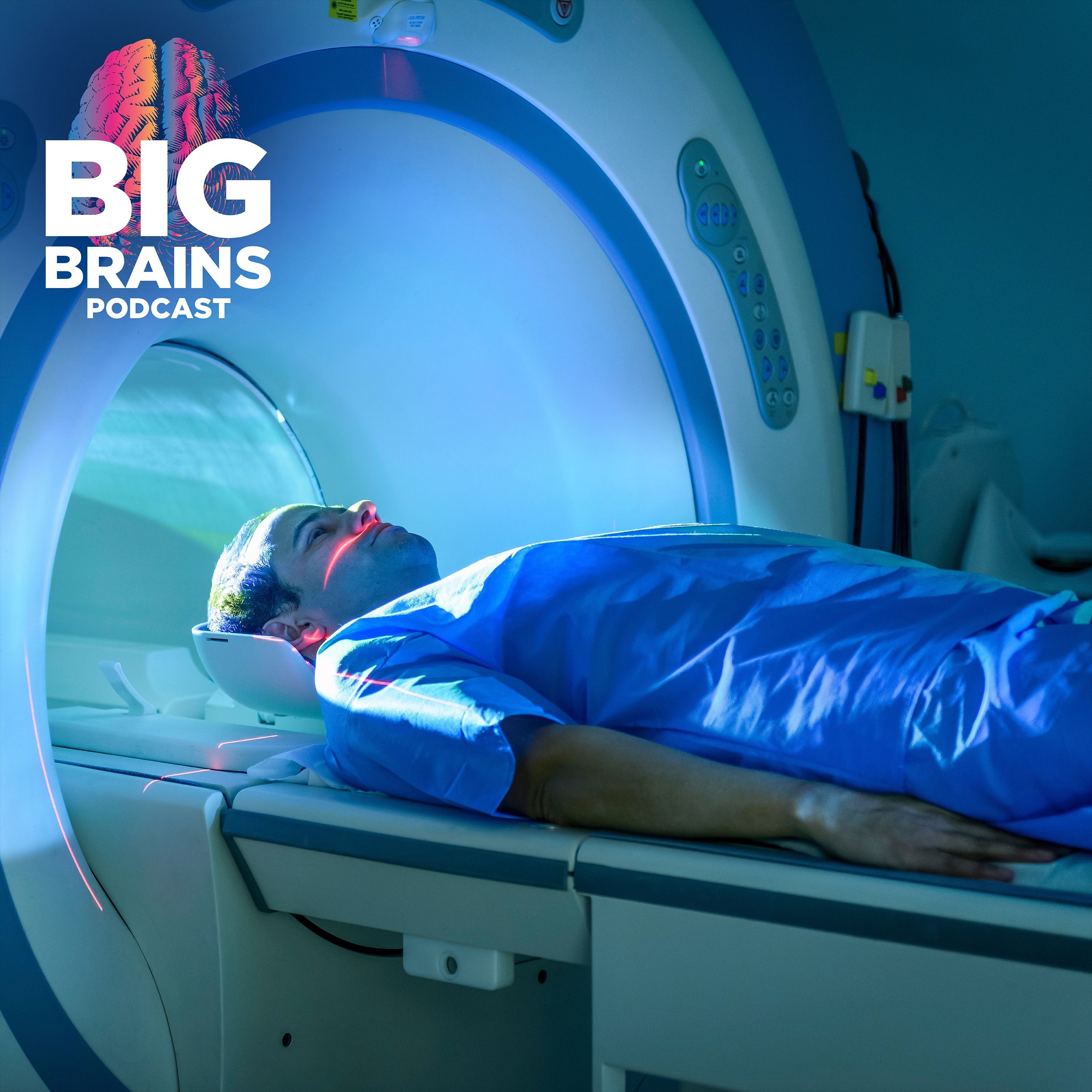

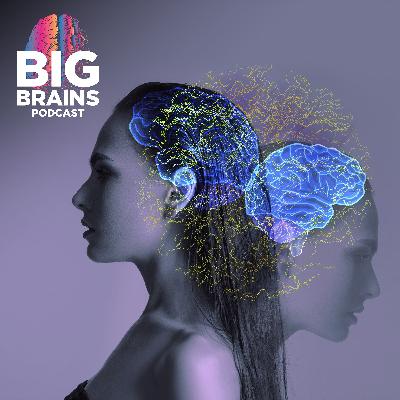
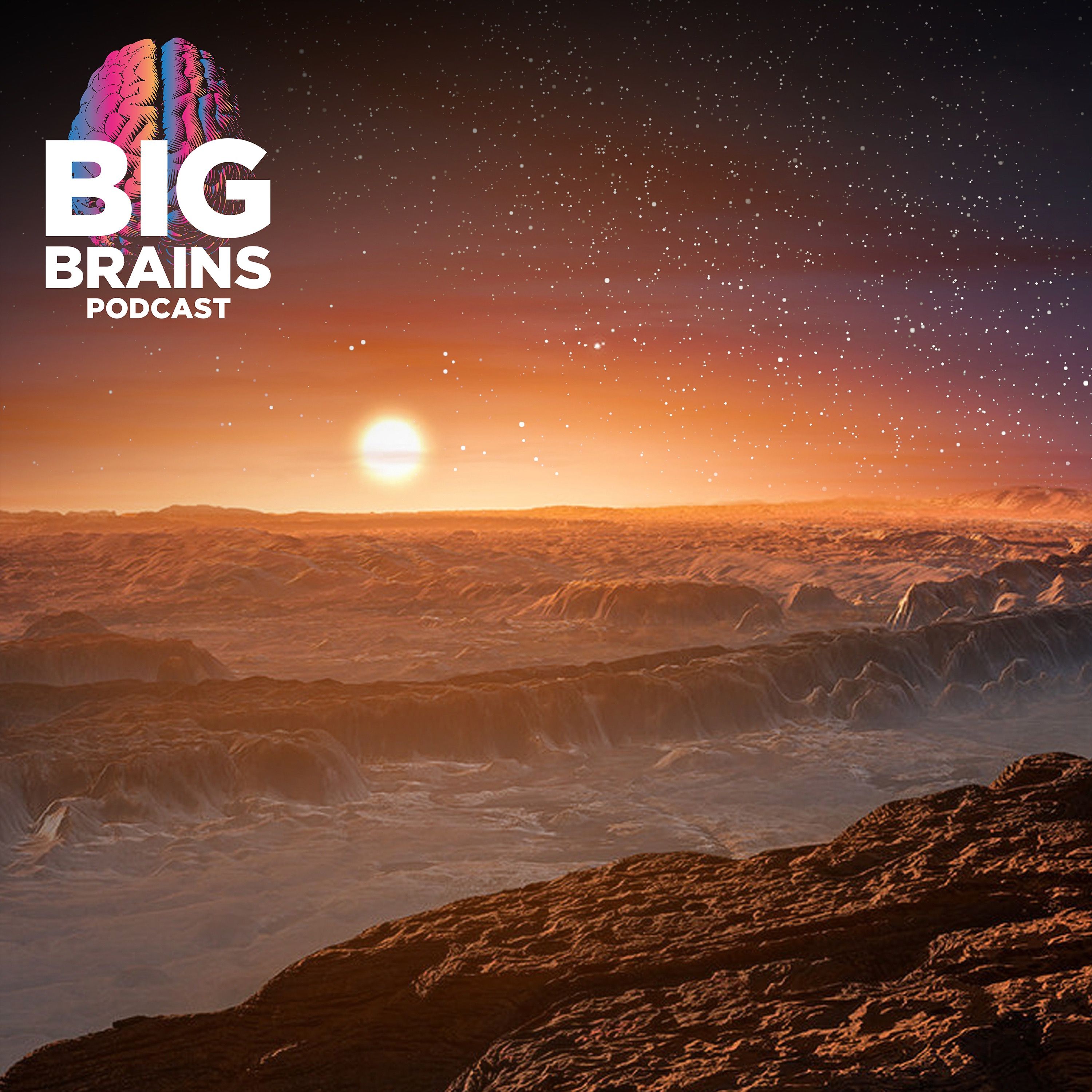
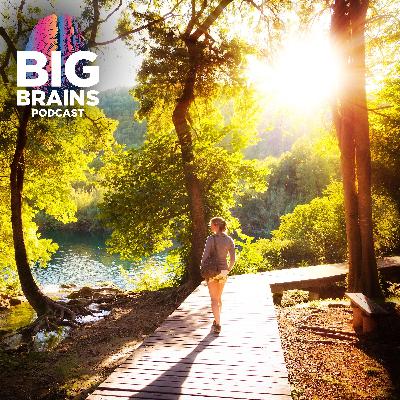
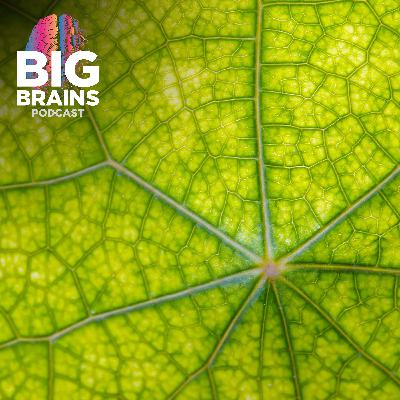
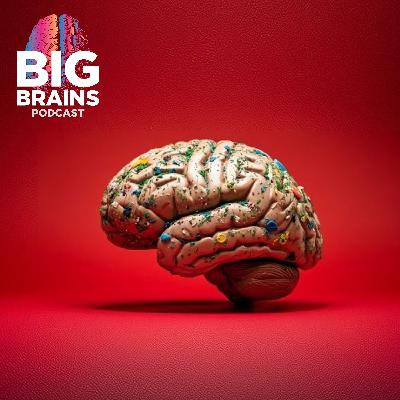


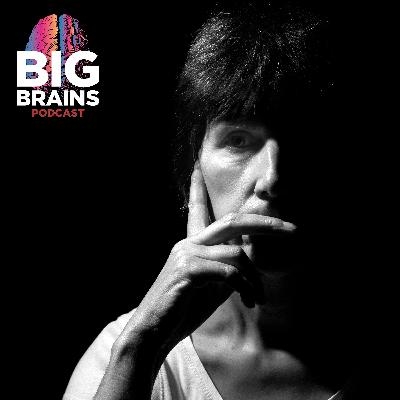
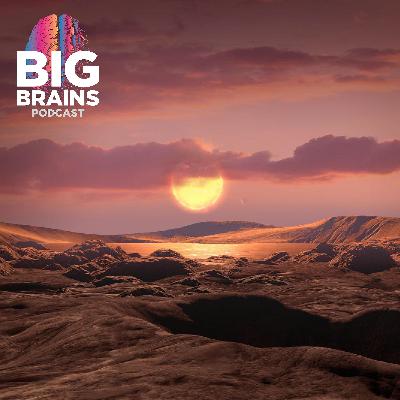
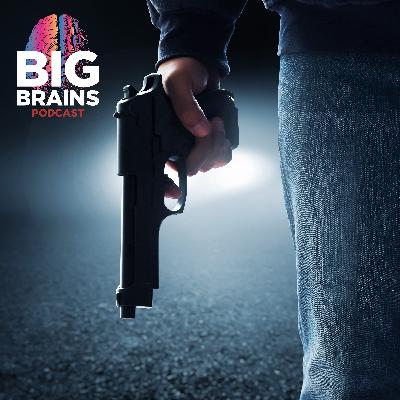
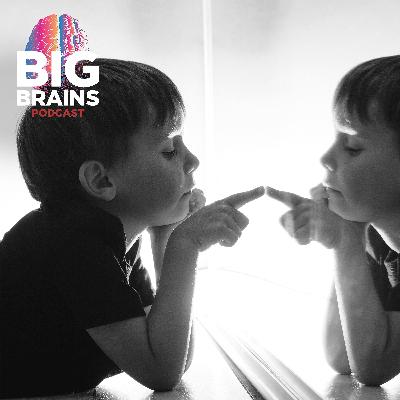





The right and left are both susceptible to bogus intuitive thinking. Eg. Many of the former believe evolution started when a supernatural being waved a magic wand, and many of the latter believe biological evolution stopped at the human brain.